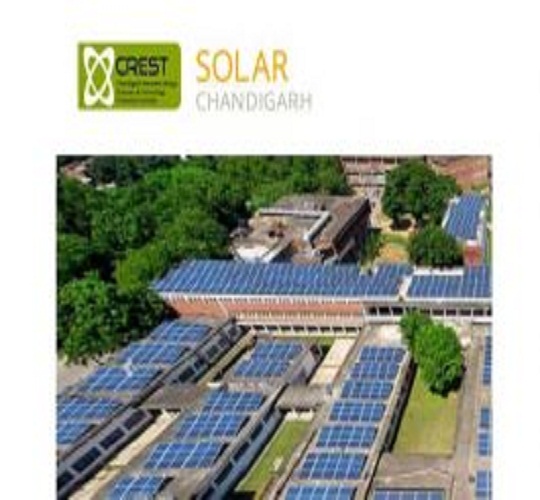In an effort to meet its solar capacity targets for the union territory of Chandigarh, the city administration has pushed out yet another scheme to drive the move to solar. The latest offer for free installation, on first cum first served basis for city residents, is under the previously approved Renewable Energy Service Company (RESCO) model for buildings in the city.
The offer follows a petition filed by Chandigarh Renewable Energy and Science and Technology Promotion Society (CREST), the nodal city agency for installation of solar photovoltaic (SPV) power plants on rooftops with the Joint Electricity Regulatory Commission (JERC) for the approval of RESCO model. The model operates on a Build Own and Transfer (BOT) for these plants too. The Chandigarh move stands out for the smaller size of the solar plats it has brought under the RESCO model’s ambit, something that it hopes will speed up adoption.
The agency website, Solarchandigarh , has complete details on the offer. The capacity of plants covered under the offer will be 5kWp to 10kWp for residential sectors and it will be allocated on a first-come-first-served basis. Interestingly, thans to very low prices quoted by installers during the enlistment process, many of them have been trying to charge separately for the installation, or for maintainance, which is not allowed under the rules framed. That is possibly one reason the agency has been forced to go for the free installation offer.
Now, an installer approved by the agency will install solar panels without taking any money from house owners. The owners will have to give only space on the rooftop to the firm and they will get electricity at Rs2 per unit less than the existing rates for the next 15 years even if the electricity rate increases. After the completion of the fixed period, the company will hand over the solar plant to the owner. The firm will recover the cost by selling the energy produced from the plant to the grid.









